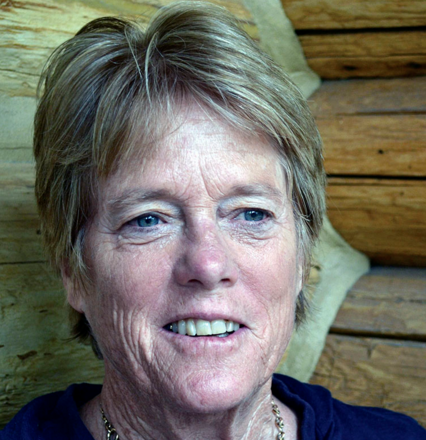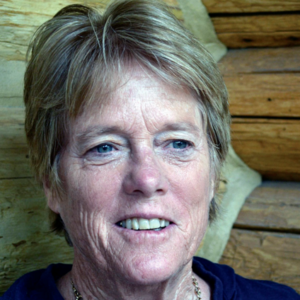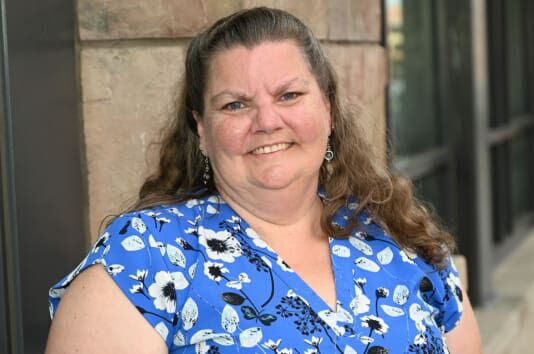Noonan: New voters give political parties existential challenges

Colorado’s Republican and Democratic parties face enormous challenges integrating an increase since 2012 of 315,000 active voters into their networks.
Current July data show Democrats and Republicans almost even in active voter registration, at 980,352 for Democrats and 988,410 for Republicans. Unaffiliated voters remain the largest group at 1,003,628 active voters.
Democrats gained the most party registrations since 2012, with 108,600. Republicans increased by 76,000. Unaffiliateds increased by 121,565 voters, following the trend over the last decade away from partisan affiliation.
The presidential nominating process of both parties exposed numerous contentious issues confirmed by the conventions. Long-term Republicans, mostly older, appear tied to traditional candidates, as evidenced by caucus results electing delegates who strongly backed Sen. Ted Cruz. Newly active Democrats crashed the Democratic caucuses, supporting Sen. Bernie Sanders, thumped Sec. Hillary Clinton in Colorado.
The parties are out of sync with their members. The dogfight among new, active Republicans and Democrats against the long-termers -with Trump and his supporters declaring Colorado’s nomination system rigged and Sanders’ supporters arguing that the state party favored Clinton – points to deep distrust by these voters in both parties.
Discontent is likely to get worse. Voter registration is moving in the same direction for the parties – a lot older. Dems lost 44,000 voters in the 18-60 range and gained 36,000 voters in the 60-plus range, according to the secretary of state’s voter registration data since 2012.
Republicans lost 70,000 voters in the 18-60 range and gained about 40,000 in the 60-plus range. The current slight Republican voter advantage is almost certain to fall over the next four years, creating more heartburn for the GOP when redistricting occurs after the 2020 general election.
If Democrats want to engage new voters, party and elected officials must figure out how to achieve some of Bernie Sanders’ goals now being pushed as initiatives. In 2016, Dems couldn’t pass a minimum wage bill, change fracking rules or make significant pushes on climate change. As demands on water increase, as well as on mountain recreation, urban versus rural versus the environment conflicts are likely to pressure Democratic legislators to keep water in rivers and strengthen mineral extraction rules.
On the Republican side, voter registration trends indicate that conservative social initiatives will never pass in the Legislature. With the party not attracting significant numbers of younger voters, it’s likely that Second Amendment support reached its highpoint with the 2013 recalls. Changing current gun laws towards unfettered Second Amendment rights simply won’t happen. Republican legislators won’t be able to replace the Affordable Care Act, either.
Even worse for Republicans, by 2020, if not sooner, and with current demographic trends, it’s probable that both House and Senate chambers will turn to the Democrats. Republicans will lose the redistricting battles, their number of state House and Senate seats will decline, and Democrats may finally gin up the oomph to go after TABOR at the polls. That’s the last domino for the GOP in Colorado.
The great contentious issues of the late 20th and early 21st century are about to come to a resolution in the state. Both parties, to stay alive, need to look to younger generations to figure out how they will sustain themselves beyond 2020.














